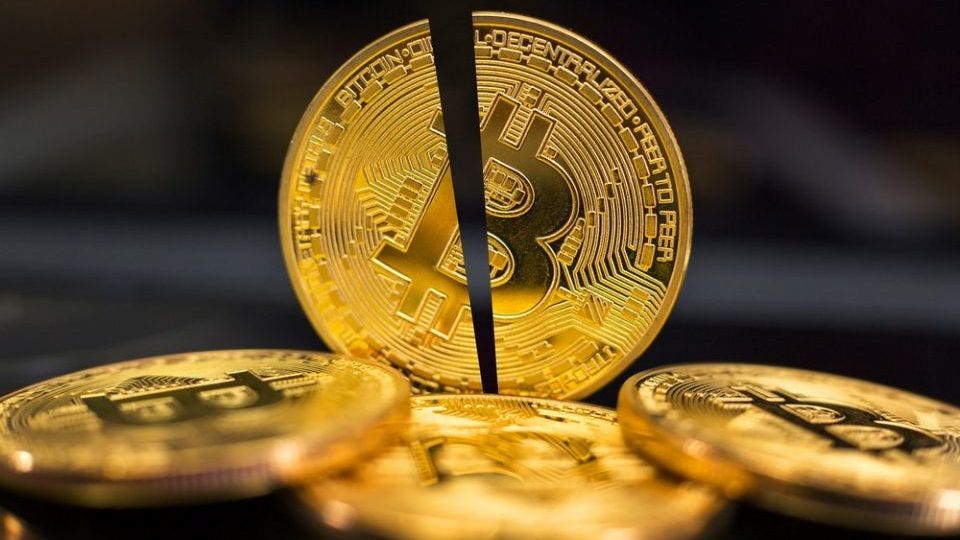On April 20, 2024, at 10:09 am, the fourth Bitcoin halving occurred. While some dedicated enthusiasts may have stayed up late or risen early to witness the Bitcoin block reaching 840,000, for most investors, the halving itself initially appears uneventful. The immediate impact of the halving is primarily experienced by Bitcoin miners, as their block rewards are halved, affecting their profitability and potentially prompting changes within the mining sector.
By reducing the rate at which new Bitcoins are introduced into circulation by 50%, the asset’s scarcity is heightened. This inherent deflationary mechanism creates a potential long-term upward pressure on Bitcoin’s value. However, the correlation between halving events and price appreciation is not always straightforward and can be influenced by various market conditions.
According to Megan Stals, a market analyst at trading platform Stake, “Bitcoin trading volume typically experiences a significant surge in the 60 days leading up to halving events, as interest grows and prices gather momentum.” Data from crypto exchanges reveals a noticeable uptick in volume in March compared to February as investors seek greater exposure.
Approximately a week before the halving event on April 12, one BTC was valued at \(107,302 Australian dollars. Post-event, around April 22, the price slightly decreased to approximately \)100,000 AUD.
Despite the potential for higher Bitcoin prices to mitigate some of the additional mining expenses in the short term, Stals highlights the challenges miners, especially smaller operations, encounter following the halving.
Stals emphasizes the significance of market dynamics in determining miner profitability. While larger miners may have the capacity to invest in new hardware and discover more efficient energy sources, each halving event intensifies the struggle for smaller miners to sustain their operations.
One positive outcome of the recent halving event, as noted by Stals, is the approval of 11 spot Bitcoin exchange-traded funds (ETFs) by the US Securities and Exchange Commission (SEC) in January. These ETFs have simplified the process for investors to access Bitcoin without navigating cryptocurrency exchanges.
Stals mentions that Bitcoin ETFs have garnered more interest from older investors on Stake, particularly those aged 45 and above. While younger investors might already have direct exposure to Bitcoin through cryptocurrency exchanges, these ETFs offer an alternative for older investors intrigued by the sector but hesitant to engage with crypto exchanges and the complexities of private keys and wallets.
Nevertheless, Stals cautions that Bitcoin is sensitive to higher interest rates, urging investors to consider this aspect. She highlights concerns regarding the US’s ongoing battle with inflation, with recent Consumer Price Index data indicating a 3.8% inflation rate over the past year. This has tempered expectations for any imminent interest rate cuts in the first half of the year, leading to a downturn in the crypto markets on the day of the announcement.

